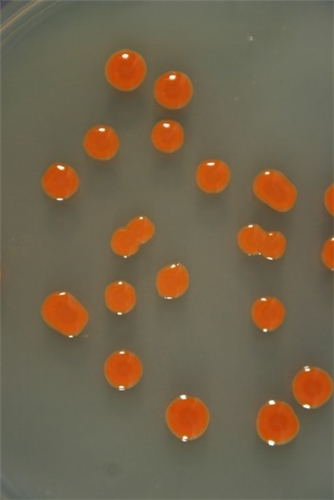Natural ultraviolet blockers from Great Barrier Reef corals and bacteria found in the Trondheim Fjord in Norway may soon be appearing in broad spectrum sunblock.
"Dr. Mark York and his team at Australia's Commonwealth Scientific and Industrial Research Organisation (CSIRO), the corals in the Great Barrier Reef have yielded special sunscreen filters that protect skin from both long wave ultraviolet A (UVA) and shortwave (ultraviolet B) radiation within a single molecule.
That's important because existing sunscreens only absorb or reflect radiation in the UVB range (290 to 320 nanometers) and parts of the UVA range (320 to 400 nanometers). Until recently, UVB light was thought to be the only culprit in causing skin cancers and DNA damage because it harms the outer layers of the skin, where skin cancers normally occur."
And we have some competition from the climate extreme...
"Scientists at Norwegian research institute SINTEF, a light-absorbing pigment occurring in bacteria in the Trondheim fjord holds the answer."
gizmag.com/unlocking-the-su...
Let's hope the 2 to 5 year timetable to availability holds true!
(The image shows sarcinaxanthin [UV blocking pigment] producing bacteria on agar plates)
Neil

